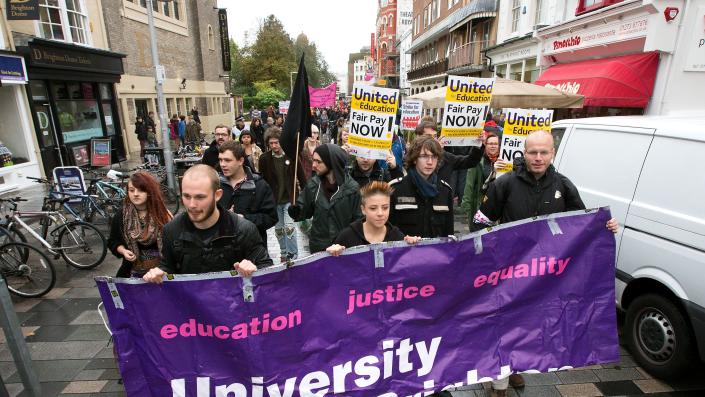Canada crushes expectations, adding 150,000 jobs in January
JOBS ESTIMATE WAS ONLY 15,000
, Bloomberg News
Canadian employment grew much faster than expected, pointing to a labour market that’s showing few signs of cooling in the face of aggressive increases to borrowing costs.
The economy added 150000 jobs in January — 10 times the median estimate in a Bloomberg survey — while the unemployment rate held steady at 5 per cent, near a record low, Statistics Canada reported Friday in Ottawa.
The report showed broad-based gains during what was a fifth consecutive month of job increases, bringing total employment gains since September to 326,000. The pace of job growth is accelerating — January’s figure was more than double that of December, which saw nearly 70,000 jobs.
Bonds tumbled on the strong print. The benchmark two-year yield soared to 4.13 per cent, up 16 basis points from Thursday, while the loonie rallied about 0.5 per cent to $1.3381 per US dollar at 8:35 a.m. Ottawa time.
The numbers suggest Canada’s tight labor market is still running at an unsustainably hot pace, raising questions as to whether the Bank of Canada is really done hiking rates. The December figures, along with other stronger-than-expected data, prompted a final interest-rate hike by the central bank last month before policymakers declared a pause while they assess the state of the economy.
Governor Tiff Macklem, who raised rates by 425 basis points to 4.5 per cent in less than a year, has said he expects the lagged effects of higher rates to drag economic growth to close to zero in the first three quarters of 2023. At its last meeting, the central bank said it plans to hold borrowing costs constant, but could hike further if enough evidence of a hotter-than-expected economy accumulates. Prior to the release, markets were pricing a less than one in ten chance of another hike in March.
Canada is enjoying rapid population growth because of an open policy on immigration, and the survey data show that non-permanent residents — including students and temporary workers — are seeing outsized job gains. The labour force participation rate increased 0.3 percentage points to 65.7 per cent, as the labour force grew by 153,000, or 0.7 per cent.
The country followed the US in the unexpected surge in employment, defying recession forecasts in both economies. US nonfarm payrolls jumped 517,000 last month while the unemployment rate dropped to 3.4 per cent, the lowest since May 1969, and average hourly earnings grew at steady clip.
In Canada, average hourly wages rose 4.5 per cent in January, down from 4.8 per cent in December, after months of persistent growth of more than 5 per cent. Earlier this week, Macklem said wage growth running in the range of 4 per cent and 5 per cent isn’t consistent with getting inflation back to the 2 per cent target unless productivity growth is surprisingly strong.
The blowout gains in January pushed the employment rate — the percentage of people aged 15 and older who are employed — to 62.5 per cent, a level last observed in April and May 2019. Employment growth last month was driven by women and men in their prime working years, and in both private and public sectors.
In January, total hours worked rose 0.8 per cent on a monthly basis, the fast pace since May, and up 5.6 per cent compared to a year earlier.
Employment increased in five provinces, including Ontario, Quebec and Alberta, and was up in six industries, led by wholesale and retail trade.



















